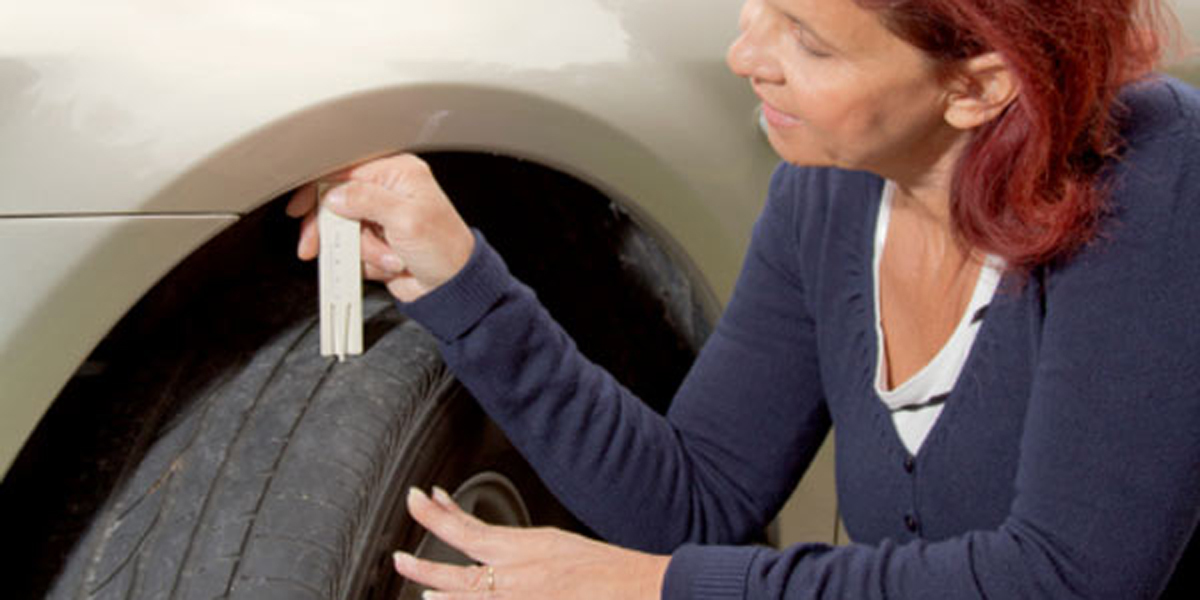125 comments
Take it from former race-car driver Johnny Unser—checking for telltale warnings of a worn-out tire is more important than you think.
“Checking your tires is like going to the dentist,” says Unser, five-time veteran of the Indy 500. “It’s something we don’t do often enough, that we put off until we absolutely have to.”
According to the National Highway Traffic Safety Administration (NHTSA), tire failure causes around 11,000 car crashes each year. Both Unser and NHTSA recommend doing a quick tire inspection once a month to see if you need new tires.
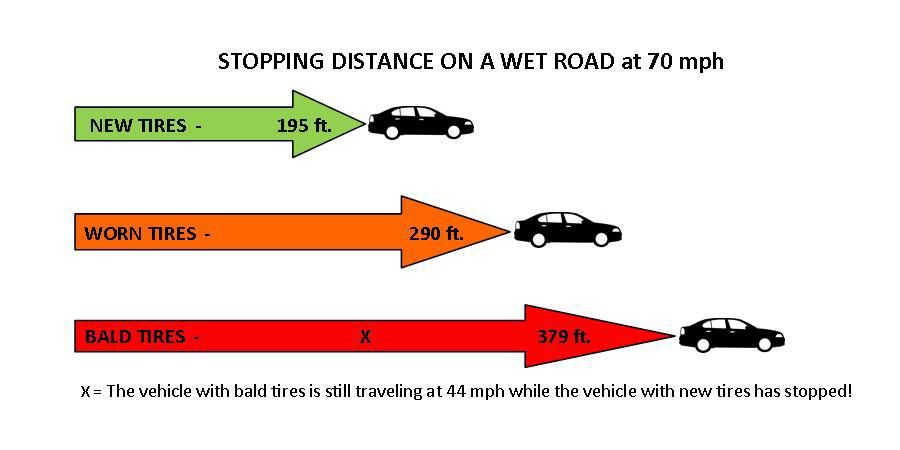 Vibration from the steering wheel could indicate suspension issues. Unser says anything less than a smooth ride means you should take your car in to the dealer.
Vibration from the steering wheel could indicate suspension issues. Unser says anything less than a smooth ride means you should take your car in to the dealer.When it’s time to replace your tires, Unser recommends doing so in pairs or all four at a time for better performance and traction and, ultimately, a safer ride.
From a flat tire to a car that won’t start, be ready for anything with GEICO’s 24-hour Emergency Roadside Service.
By Maria Carter
Next article: Top 5 Tire Myths Debunked
From smelly upholstery to funky floor mats, these simple tricks can help free your car from unwanted odors.
Time spent on the road means you'll likely splatter some bugs, so we've collected expert tips on the best ways to remove bugs from your car or truck.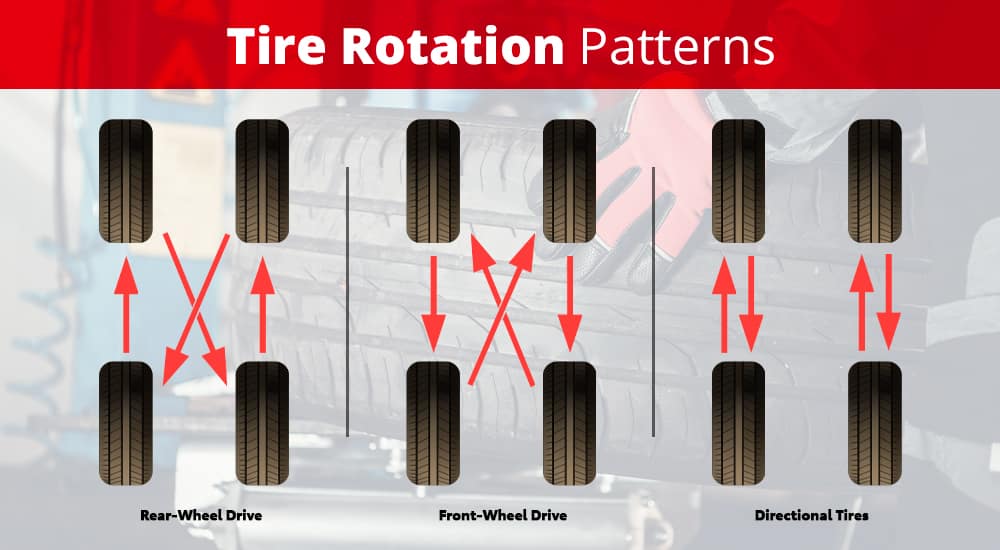
Whether gas prices are high or low, it's always a good idea to conserve gas and make it last. Here are 5 tips for helping your tank go further.
If you're one of these unlucky commuters for whom telecommuting, carpooling and/or public transportation aren't realistic options, here are a few tips that may help you spend less on gas by making your vehicle more fuel-efficient and extending its longevity.
Wondering what you should do if your car won't start? Follow these simple steps to diagnose the problem, find a solution, and get back on the road.
Let GEICO's step-by-step guide to changing a flat tire help you next time you have a flat.
Every year in the U.S. , tire-related crashes cause 200 fatalities, according to the National Highway Traffic Safety Administration. Thankfully, it’s easy to monitor your tires, and how to tell if you need new tires, with a quick video and some basic information.
, tire-related crashes cause 200 fatalities, according to the National Highway Traffic Safety Administration. Thankfully, it’s easy to monitor your tires, and how to tell if you need new tires, with a quick video and some basic information.
The primary functions of the tread on your tires are to grip the road and to divert water that causes hydroplaning. Tires with plenty of tread can help you maintain control and reduce your chances of getting a flat. With a quick monthly check of your tread and tire pressure, you’ll know if you need to replace your tires.
Tread wear bars are small, raised bits of rubber that run between the tread blocks. As these bars become even with the top of the tread, it is likely time for new tires. See more about tread wear bars below.
Tires will wear down over time, even if you don’t drive much. Sunlight, heat, and chemicals used to melt snow and ice can reduce rubber flexibility, causing tires to crack, lose air, and eventually fail.
There are many factors that may cause uneven wear, which could shorten the life of your tires. Vehicle alignment, tire pressure, lack of rotation, and/or worn steering and suspension components can all contribute to this problem. To prolong the life of your tires and reduce uneven wear, consider getting them rotated at consistent intervals. At Les Schwab, we recommend getting them rotated every 5,000 milles. The pros at Les Schwab will also conduct a free visual inspection of your steering and suspension components. Schedule your free, pre-trip safety check today.
All tires deflate slowly over time, usually about 1 PSI (pounds per square inch) per month. Check yours monthly to keep them properly inflated. If your tires continually lose air or seem to completely deflate without warning, you may need to stop by Les Schwab for tire repair or replacement if necessary. Does the TPMS (Tire Pressure Monitoring System) light often appear on your dash? This could mean your tires have developed a slow, continuous leak.
If your tires continually lose air or seem to completely deflate without warning, you may need to stop by Les Schwab for tire repair or replacement if necessary. Does the TPMS (Tire Pressure Monitoring System) light often appear on your dash? This could mean your tires have developed a slow, continuous leak.
If you hit a curb, pothole or other obstacle, your tires can develop sidewall bulges due to a break of the inner liner. These bulges can rupture causing a potentially unsafe situation. If you spot a bulge on your tires, get to your nearby Les Schwab and have your tires inspected.
If you experience new vibrations or thumping while driving, it could be a sign that one of your tire/wheel assemblies is out of balance. It could also indicate a suspension issue. Stop by your local Les Schwab and our professionals will check your tires, steering, and suspension.
All tires sold in the United States today have what are called tread wear bars. The tread wear bars on your tires are there to help you see how much tread you still have. These wear bars are small, raised bars of rubber in the grooves of your tire. Look at the tread pattern and you’ll see these bars running between the tread blocks.
The tread wear bars on your tires are there to help you see how much tread you still have. These wear bars are small, raised bars of rubber in the grooves of your tire. Look at the tread pattern and you’ll see these bars running between the tread blocks.
Look at the tread pattern and you’ll see these bars running between the tread blocks. As your tires wear, these bars will become increasingly flush with the tire’s tread. It’s important to replace your tires before this happens.
Depending on where and how you drive, and the conditions you face on the road, you might consider getting new tires before they reach that point. City driving in mild conditions may allow you to wait until the tread is closer to the tread wear bar before replacing your tires. More adverse conditions, such as rain, snow, and unpaved roads, may require you to replace your tires earlier.
An easy way to check the tread on your tires is to do the penny test. Take a penny and place Lincoln’s head in one of the grooves of the tire tread. If you can see all of Lincoln’s head, it’s time to replace the tire.
Take a penny and place Lincoln’s head in one of the grooves of the tire tread. If you can see all of Lincoln’s head, it’s time to replace the tire.
If the penny goes in enough that the tire tread is at least as deep as Lincoln’s forehead, your tires are generally considered safe and do not need replacing. Check all four of your tires when conducting the penny test.
You’ll find your next set of tires at Les Schwab. You also find our world-class customer service at a tire shop near you that cares about your safety on the road.
SHOP TIRES
It's no secret that during operation a set of tires is subject to wear and over time it has to be replaced with a new one. But not many people know that tires can already have a tendency to accelerate wear at the acquisition stage. What is the reason for the short life of new wheels?
What should I check when buying new tires?
Below are tips on what to look for and how to proceed when buying new tires. They are pretty simple.
They are pretty simple.
1. Ask about storage conditions
Proper storage of tires in a warehouse is a guarantee of their long service life. If there is an opportunity to get to the warehouse, be sure to use it. Sometimes this can be done at the time of the final stage of issuing tires to the buyer.
If tires are stored:
Then, in this case, it is better to refuse to purchase them. The thing is that as a result of such storage, microcracks, deformation and damage may appear on the rubber. This is due to the loss of rubber elasticity and the wrong way to preserve tires. If the tires have the listed defects, then it will not last long. Maximum - one or two seasons.
2. You need to look at the date of manufacture
If the wheels were produced more than three years ago at the time of their inspection, then you need to understand that the rubber composition of such tires has already lost some of its useful properties and has lost some of its elasticity. During subsequent operation, insufficient traction and destruction of rubber may be revealed. Although, theoretically, tires can be stored for five to eight years without losing their best qualities.
During subsequent operation, insufficient traction and destruction of rubber may be revealed. Although, theoretically, tires can be stored for five to eight years without losing their best qualities.
3. It is necessary to purchase wheels in the center where there is a tire service
In this case, when installing new wheels, hidden defects may be revealed and the seller will not be able to refuse to replace the damaged tire with a new one. In addition, a guarantee is usually given for the work of a tire fitting - within the allotted time, you can come and make a claim regarding the installation of tires.
4. The seller must issue a check
Sometimes this is taken lightly and the check is thrown away. Under no circumstances should this be done. It is the presence of a check that will help to exchange defective tires for a new one.
5. Wash the tread with your fingers
The rubber should not be too soft. The fingers should not fall inward, but only slightly bend the tread - in this case, we can talk about good elasticity, and hence the retained grip properties.
The fingers should not fall inward, but only slightly bend the tread - in this case, we can talk about good elasticity, and hence the retained grip properties.
6. Inspect the sidewalls of the tire
They should not have abrasions, let alone cracks/cut fragments. The sidewalls are the bearing part of the tire, and therefore any damage to them can cause an explosion / rupture of the wheel while driving, which is very dangerous.
Result: These simple recommendations can make it easier to choose tires and avoid buying defective ones. However, there is still no absolute panacea for low-quality rubber - the main defects are detected only during operation.
Irina Zverkova
Estimated reading time: 4 minutes
RIA Novosti
Tires are one of the most important components of a vehicle to ensure driving safety.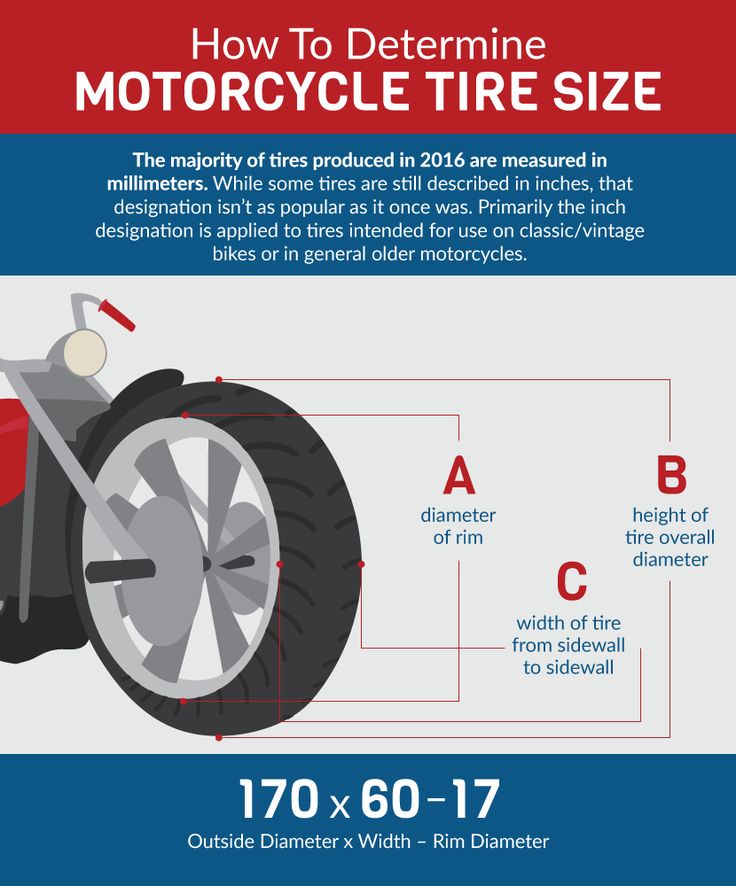 Proper use of summer and winter tires during the season improves handling and saves the car owner money. But some drivers not only postpone changing tires depending on the weather, but also continue to use the same tires for several seasons. At the same time, wheel wear becomes more and more, and the threat that the tires will not cope with holding the car increases.
Proper use of summer and winter tires during the season improves handling and saves the car owner money. But some drivers not only postpone changing tires depending on the weather, but also continue to use the same tires for several seasons. At the same time, wheel wear becomes more and more, and the threat that the tires will not cope with holding the car increases.
The tire tread is responsible for connecting the car to the road. This is the outer layer of rubber, which contains a certain pattern, suitable for different operating conditions. For summer tires, the removal of water from the contact patch is relevant, for winter tires - improved grip on slippery surfaces, for off-road tires - maximum cross-country ability. Regardless of the purpose of the tire, one of the important characteristics of the tread is its height or depth. This is the distance from the outer edge of the tire to the "bottom" of the groove. For new modern car tires, the height starts from 5 mm. For ordinary summer passenger tires, this value is 6–8 mm, for winter tires it is 8–10 mm, for SUVs it is 15–20 mm.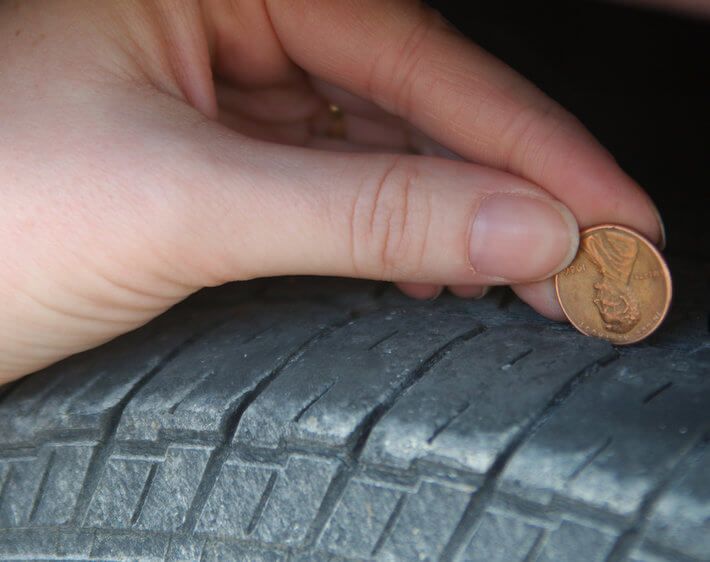
When the tread wears out (reducing its depth), the driving properties are the first to suffer: the car is more prone to aquaplaning. Winter tires lose some of their properties, which are provided by special sipes and studs. It is important to consider that different brands and models have different rubber composition, so some wheels “run” longer. The driving style also affects wear - more aggressive starts and active braking shorten the life of the tire.
9 is considered critical for tire wear0009 tread height of 1.6 mm for summer tires and 4 mm for winter .
Height can be measured using the ruler with the depth gauge or vernier caliper.
Those who do not have such tools can use a regular 10-kopeck coin placed in one of the grooves. If the word "kopecks" is hidden, it means that the tire is almost new and does not require replacement. If the tread covers only the floral ornament on the winter tire, then it will soon need to be changed; if it’s in the summer, the replacement will have to wait.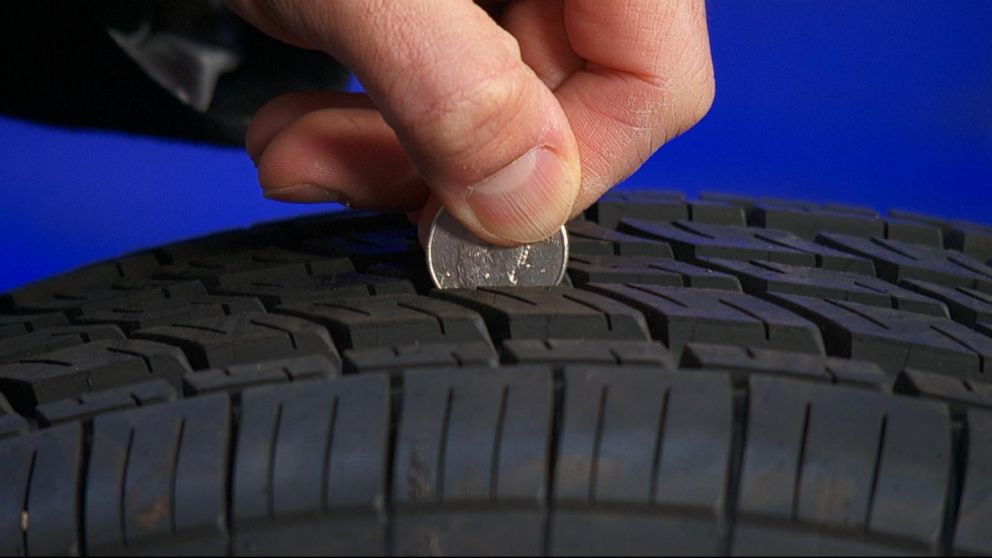 If only the rim of the coin is hidden, you need to urgently install new tires.
If only the rim of the coin is hidden, you need to urgently install new tires.
Many modern manufacturers make wear indicator on tires (this is a protrusion perpendicular to the axis of rotation of the tire) or lay a special colored layer that becomes visible when the tire is erased. Their manifestation serves as a signal for the car owner to change tires.
It is important to monitor not only the tread depth, but also the wear uniformity . To be sure that the wheel is in good condition, it is better to measure the tread depth at different places around the circumference along the entire width of the tire. If the inner or outer part is worn out more, then the wear of the tread is taken into account at a minimum value, and it is better for the owner to check the wheel alignment / collapse of the car.
If the vehicle has frequently been driven on bumpy roads, climbed curbs, or the tires have been run half-flat, the sidewalls may have dents, cuts, or cracks . It is better to check their condition at the tire shop before the wheel is flat at the most inopportune moment. For example, it may not withstand the loads in a turn, burst and provoke an emergency. You should be especially careful about such damage on low-profile tires.
It is better to check their condition at the tire shop before the wheel is flat at the most inopportune moment. For example, it may not withstand the loads in a turn, burst and provoke an emergency. You should be especially careful about such damage on low-profile tires.
On average, tires last about 6 seasons , after which it is better to replace them. Improper storage and aggressive riding can shorten the lifespan. You also need to pay attention to the expiration date of the tire and the date of its production when buying, because polymers, unlike metal, can break down and lose their properties over time.
If it is not possible to update all four tires, then, as a last resort, you can put new rubber on the drive wheels. But needs to be changed exactly a pair of , otherwise the vehicle's handling may be severely impaired.
See also: When to change tires for summer →
Next article
